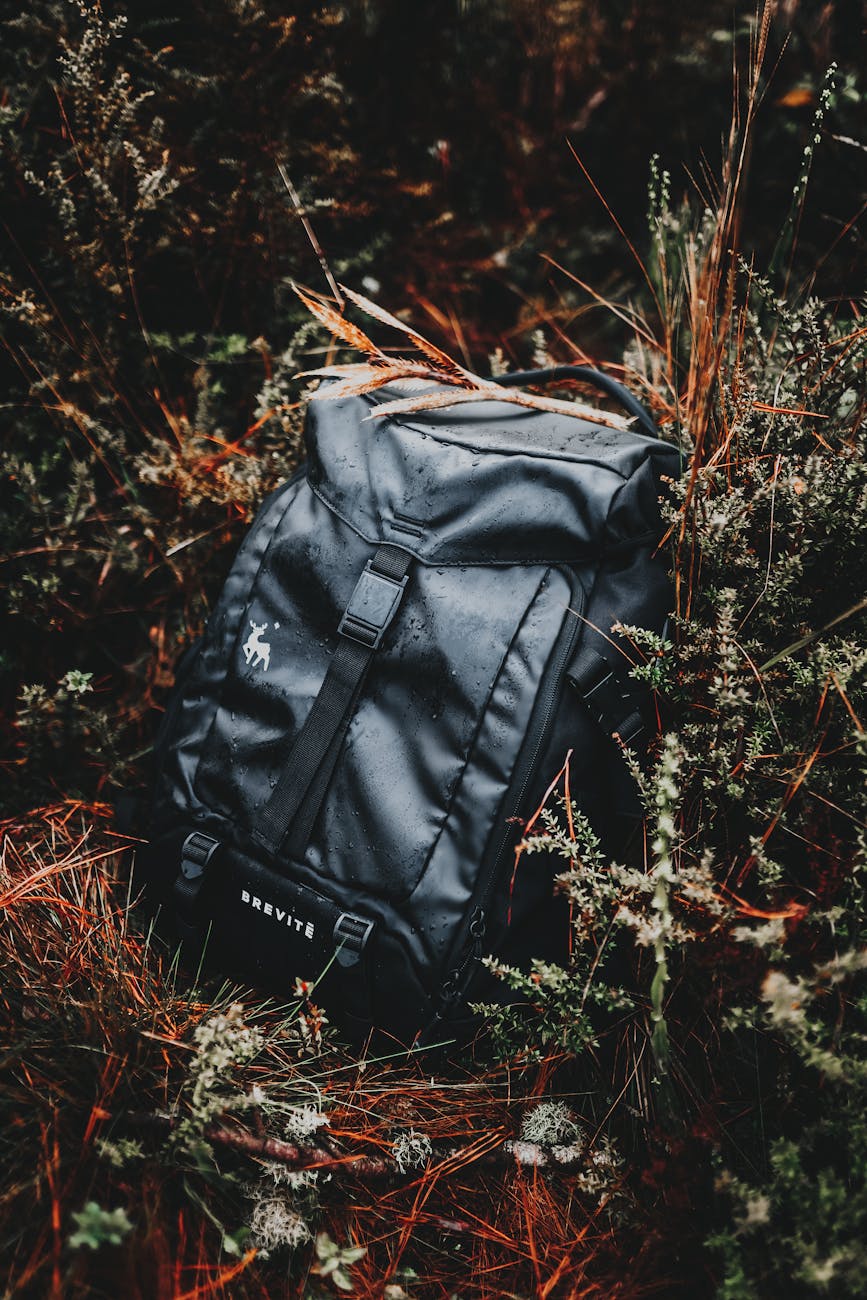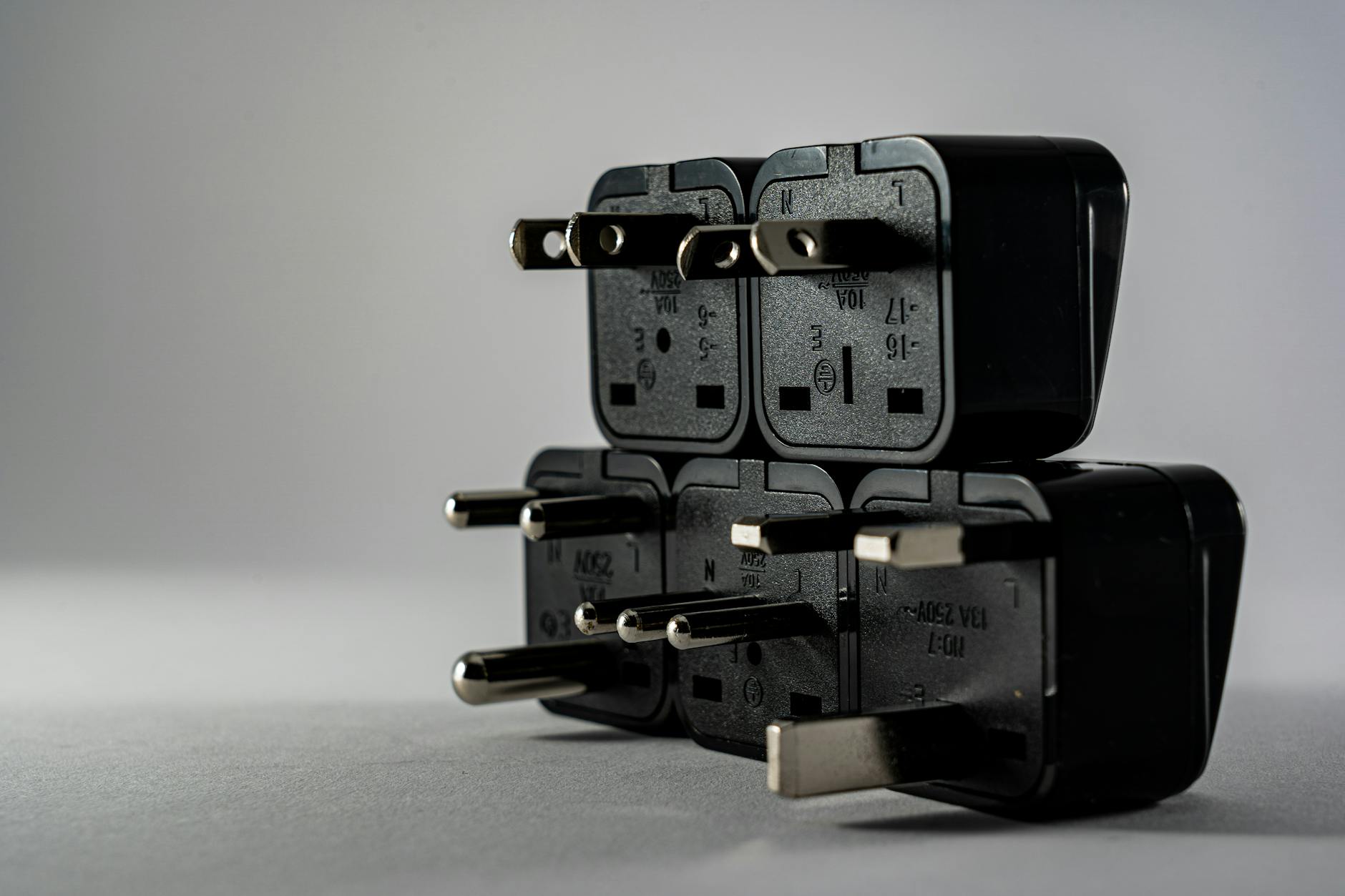Embarking on a trail adventure demands more than just sturdy boots and a reliable backpack; it calls for unwavering stability. As we look ahead to 2025, trekking poles continue to evolve, offering hikers, backpackers, and casual walkers enhanced balance, reduced joint impact, and greater confidence on diverse terrains. Whether you’re navigating steep ascents, tricky descents, or simply aiming for better posture over long distances, the right set of poles can be a game-changer. This article delves into the cutting-edge of trekking pole technology, exploring the features that define the best models for 2025, ensuring you find the perfect companions to maintain your footing and conquer any path that lies ahead. We’ll guide you through key considerations, from materials to locking mechanisms, helping you make an informed choice for your next outdoor excursion.
The essential role of trekking poles for trail safety
Often perceived as mere walking aids, trekking poles are, in fact, fundamental tools for enhancing safety and performance on the trail. Their primary benefit lies in distributing your body weight and pack load across four points of contact with the ground, rather than just two. This significantly improves balance, particularly on uneven or slippery surfaces, reducing the risk of falls and twists. When ascending, poles help you push off, engaging your upper body and taking stress off your legs. On descents, they act as shock absorbers, absorbing up to 25% of the impact that would otherwise be borne by your knees, ankles, and hips, which is crucial for preventing long-term joint strain and fatigue.
Beyond balance and joint protection, poles offer practical advantages. They can be used to probe uncertain ground, test snow depth, or clear spiderwebs from the path ahead. In an emergency, a sturdy pole can serve as a splint, a tent support, or even a self-defense tool. For river crossings, they provide crucial stability against strong currents. The psychological benefit of feeling more secure and stable also contributes to overall enjoyment and confidence on challenging trails. Essentially, trekking poles transform the hiking experience, making it safer, more efficient, and more comfortable for adventurers of all skill levels.

Key features to look for in 2025 trekking poles
As technology advances, so do the features that define a top-tier trekking pole. Understanding these components is vital for selecting a pair that will truly enhance your trail experience in 2025. Here are the critical aspects to consider:
- Materials: The choice typically comes down to aluminum or carbon fiber.
- Aluminum: Generally more durable and less expensive, aluminum poles are robust and can withstand significant abuse without breaking, though they might bend. They are a good choice for rugged terrain and heavier users.
- Carbon fiber: Significantly lighter than aluminum, carbon fiber poles reduce swing weight, which conserves energy over long distances. They offer excellent vibration dampening. However, they are more brittle and prone to snapping under extreme stress, making them less forgiving if caught between rocks.
- Locking mechanisms: Reliability here is paramount for stability.
- Flick locks (external lever locks): These are widely considered the most reliable and easiest to use, especially with gloves. They offer quick adjustments and excellent holding power, even in freezing temperatures.
- Twist locks (internal twist locks): While sleek, twist locks can be more prone to slipping, especially when wet or if not tightened sufficiently. They can also be harder to operate with cold hands.
- Z-pole/folding designs: Ideal for fast-packers and ultralighters, these poles fold quickly into a compact size. While convenient for storage, they offer less adjustability in length compared to telescopic poles and are typically less robust.
- Grips: Comfort and sweat management are key for long treks.
- Cork: Molds to your hand over time, wicks away sweat, and offers a comfortable, warm feel in cooler weather.
- EVA foam: Lightweight, soft, and absorbs sweat well. It provides a good grip even when wet.
- Rubber: Durable and excellent for cold weather, but can cause sweaty hands in warmer conditions.
- Straps and baskets:
- Straps: Adjustable, padded straps are essential for transferring weight to your wrists and preventing loss of the pole.
- Baskets: Small baskets prevent poles from sinking into mud or soft ground, while larger snow baskets are necessary for winter trekking. Many poles come with interchangeable baskets.
- Weight and adjustability: Consider the overall weight, especially for extended trips, and ensure the pole’s length range suits your height and adjusts easily for varied terrain.
Top trekking poles for 2025: a stability comparison
For 2025, the market emphasizes a blend of robust stability, lightweight design, and user-friendly features. While specific brand models may vary, we can anticipate top performers to fall into categories defined by their primary strengths. Here’s a comparative look at types of poles excelling in stability across different trail conditions:

| Pole Type (Representative) | Material | Locking Mechanism | Approx. Weight (per pair) | Ideal Use | Key Stability Feature |
|---|---|---|---|---|---|
| Ultralight Carbon Flick Lock | Carbon Fiber | Flick Lock | 12-16 oz | Fast-packing, long distances, ultralight trips | Minimal swing weight for quick adjustments, reliable flick locks |
| Durable Aluminum Trail Pro | Aluminum | Flick Lock | 18-22 oz | All-around trekking, rugged terrain, heavy loads | Exceptional strength, robust construction, proven flick lock system |
| Compact Z-Pole Hybrid | Carbon/Aluminum Mix | Push Button & Tension Lock | 14-18 oz | Day hikes, travel, runners, varied terrain where portability is key | Rapid deployment, secure tension, good balance of strength and weight |
| Heavy-Duty Expedition Pole | High-Grade Aluminum | Reinforced Flick Lock | 24-28 oz | Mountaineering, winter expeditions, challenging terrain, heavy pack | Maximum shaft diameter, superior locking strength, large snow baskets |
When evaluating these categories, focus on what “stability” means for your specific activity. For an ultralight backpacker, it might be the confidence of quick pole placement without added fatigue. For a mountaineer, it’s the sheer strength and reliability to prevent a fall on icy slopes. The best poles for 2025 leverage advancements in material science and ergonomic design to deliver specialized stability solutions for every type of outdoor enthusiast.
Choosing the right poles for your adventure
Selecting the perfect trekking poles isn’t a one-size-fits-all decision; it requires matching the pole’s features with your individual needs and the demands of your planned adventures. Begin by considering the type of terrain you’ll encounter most often. For well-maintained trails and light day hikes, a lighter carbon fiber pole with comfortable foam grips might be ideal. If you’re tackling rocky, root-strewn paths, or carrying a heavy pack on multi-day expeditions, a more robust aluminum pole with flick locks will offer superior durability and reliable support.

Your body type and height are also crucial. When standing upright with the pole tips on the ground and your elbow bent at a 90-degree angle, the pole is at its ideal starting length. Adjustable poles allow you to shorten them for steep ascents and lengthen them for descents, providing optimal leverage and stability. Don’t overlook the importance of comfortable grips and wrist straps, as these are your primary contact points and can significantly impact comfort and control over long hours. Finally, consider your budget, remembering that investing in a quality pair of poles is an investment in your safety and enjoyment on the trail. By carefully weighing these factors, you can confidently choose the poles that will be your unwavering companions on any trail.
As we navigate the increasingly diverse and challenging world of outdoor adventure, the significance of reliable trekking poles for stability on any trail cannot be overstated. From mitigating joint stress to providing crucial balance on treacherous terrain, these essential tools have evolved significantly, with 2025 models offering unprecedented advancements in materials, locking mechanisms, and ergonomic design. We’ve explored how carbon fiber and aluminum poles cater to different needs, how flick locks offer superior reliability, and why specialized grips enhance comfort and control. Ultimately, the best trekking poles are those that perfectly align with your specific trekking style, the trails you frequent, and your personal comfort preferences. By carefully considering these factors – from material composition to locking mechanisms and the ideal use case – you empower yourself with the confidence and stability to embrace every step of your journey. Choose wisely, and let your poles be the steadfast companions that transform every outdoor excursion into a safer, more enjoyable, and ultimately, more stable adventure.















Leave a Reply